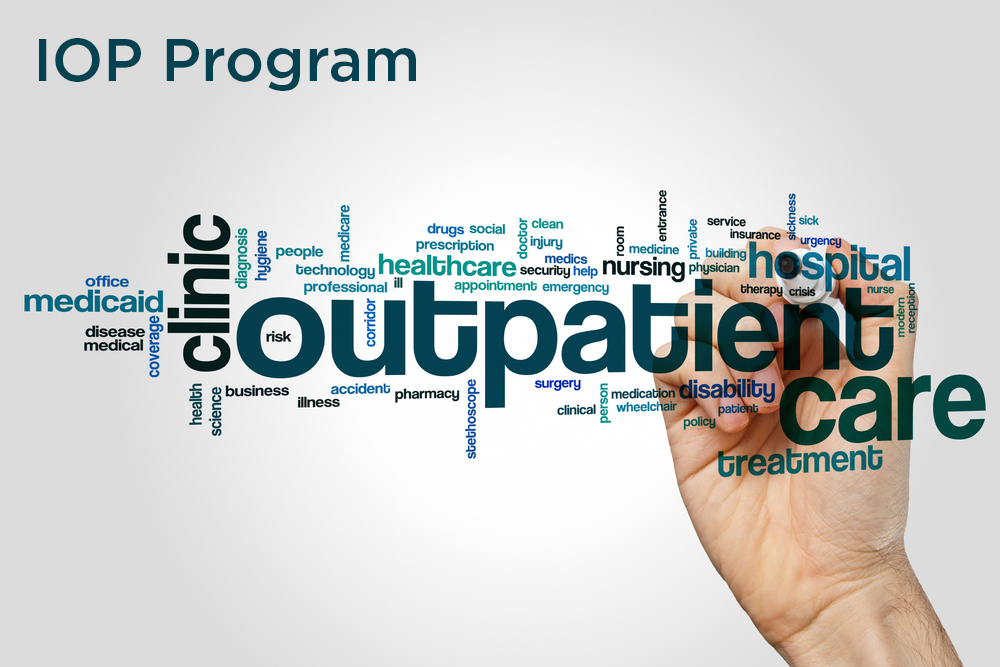By Cassandra Rustvold, LMSW, MEd, Trauma Therapist at Gentle Path at the Meadows
Childhood sexual abuse (CSA) has the potential to transform the
trajectory of one’s life in a multitude of ways. While the effects of
childhood sexual abuse are largely individualized and can manifest at
different points throughout the lifespan, commonly reported symptoms and
long-term effects include dissociation, depression, anxiety, eating
disorders, self-harm, relationship difficulties, and addictive or
compulsive patterns of behavior (Aaron, 2012).
The sexual functioning and sexual identity in adolescence and
adulthood is a particularly vulnerable factor in survivors. When a child
suffers sexual abuse, sexual arousal becomes activated prematurely and
can largely impact the survivor’s sense of autonomy over their body and
sexual sense of self (Roller, Martsolf, Draucker & Ross, 2009).
It can also draw early connections in the neural networks of the child’s
brain that associates sex with power, fear, shame, confusion, secrecy
and/or pain. It is not difficult to imagine why those whose sexuality
has been impacted are more vulnerable to struggles with intimate
relationships and sexuality.
When attempting to reconcile one’s abuse, a particularly confusing
component for survivors of CSA is the experience of pleasurable
physiological responses to their abuse, in conjunction with their
emotional and psychological distress. Children who have experienced
these positive and pleasurable feelings often report feelings of shame
and responsibility tied to their abuse and sexuality, and may experience
an overall distrust of their bodily reactions (such as arousal) or
physical dissociation (Hunter, 1990 & Long, Burnett & Thomas,
2006).
This fusion of shame, secrecy and pleasure has the potential to
predispose one to sexual aversion, sexual anorexia, dysfunction, or
compulsion; thereby deterring them from developing healthy sexual
scripts in adulthood.
The Link Between Sexual Abuse and Sex Addiction
Three commonly experienced symptoms of childhood sexual abuse are also
cornerstones of sexual addiction: compulsivity (the inability to control
one’s behavior), shame, and despair.
In sex addiction, shame and despair act as a precursor to the beginning
of future cycles, where the need to keep emotional pain at bay leads to
mental preoccupation as an escape. The result of this addictive cycle
often includes isolation, anxiety, alienation from loved ones, a
breaking of one’s own value system, and secrecy; all things that often
increase feelings of despair and a yearning to escape and repeat the
cycle.
When an individual is struggling with intrusive thoughts of their sexual
abuse or insidious negative self-talk as a result of their abuse, the
lure of escape through addictive patterns of behavior is not only
compelling but sometimes a means of psychological preservation.
In Dr. Patrick Carnes’ book The Betrayal Bond, eight trauma responses
common among individuals who meet the criteria for sexual addiction are
identified: trauma reactions, trauma pleasure, trauma blocking, trauma
splitting, trauma abstinence, trauma shame, trauma repetition, and
trauma bonding.
These patterns of behaviors are often unconscious attempts to reconcile,
reframe, or repair the abuse that happened in youth. Unfortunately,
they do not always accomplish this task and can result in perpetuated
psychological and emotional damage.
The Role of Gender
Gender differences also appear to play a role in how these difficulties
manifest in adulthood and whether or not someone will seek out help.
Even in 2016, boys and men are still provided with narrow cultural and
familial messages about what it means to be a masculine. This narrative
includes such things as devaluing emotional expression and
vulnerability, while prioritizing promiscuity and maintaining control.
Research has found that male survivors are less likely to report or
discuss their trauma and more likely to externalize their responses to
childhood sexual abuse by engaging in compulsive sexual behaviors
(Aaron, 2012). For a male survivor of childhood sexual abuse, these
expectations are in large conflict with the need to shatter the secrecy
of their trauma and/or obtain and maintain healthy sexual relationships;
both of which require an open and honest dialogue.
Healing from Childhood Sexual Abuse and Redefining Your Sexuality
For men struggling with childhood sexual abuse and sexual addiction,
learning to abstain from problematic sexual behaviors that reinforce
abusive sexual scripts is just as important as learning how to develop
healthy intimate bonds and create a sexual identity that is affirming.
For someone attempting to face these complex issues the importance of
having acceptance and unconditional, non-judgmental support cannot be
understated. It is the abusive and negative interpersonal interactions
that created the pain and it is the supportive and affirming ones that
have the power to lift it.
At Gentle Path at The Meadows, we specialize in creating this space
while offering a host of trauma-based services that are informed by the
most current understanding of the nature of trauma and its impact on the
person as a whole. Additionally, the therapeutic focus at Gentle Path
includes not only learning to identify which components of one’s
sexuality are subtracting from the quality of their life but also
identifying or creating ones to enrich it.
Give us a call today at 800-244-4949.
References
Aaron, M. (2012). The pathways of problematic sexual behavior: a
literature review of factors affecting adult sexual behavior in
survivors of childhood sexual abuse. Sexual Addiction &
Compulsivity, 19(3), p. 199-218.
Carnes, P. (1997). The Betrayal Bond. Library of Congress Cataloging-in-Publication Data.
Hunter, M. (1990). Abused Boys: The Neglected Victims of Sexual Abuse. Library of Congress Cataloging-in-Publication Data.
Long, L. L., Burnett, J. A., & Thomas, R. V. (2006). Sexuality
counseling: An integrative approach. Upper Saddle River, NJ:
Pearson/Merrill Prentice Hall.
Roller, Martsolf, Draucker & Ross (2009). The sexuality of childhood
sexual abuse survivors. International Journal of Sexual Health, 21, p.
49-60.
Source Link



